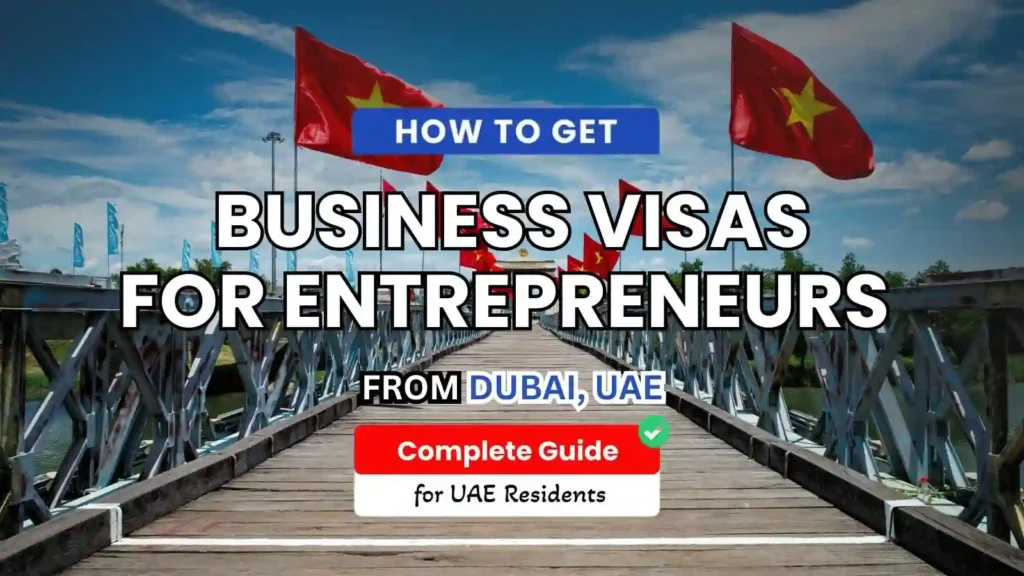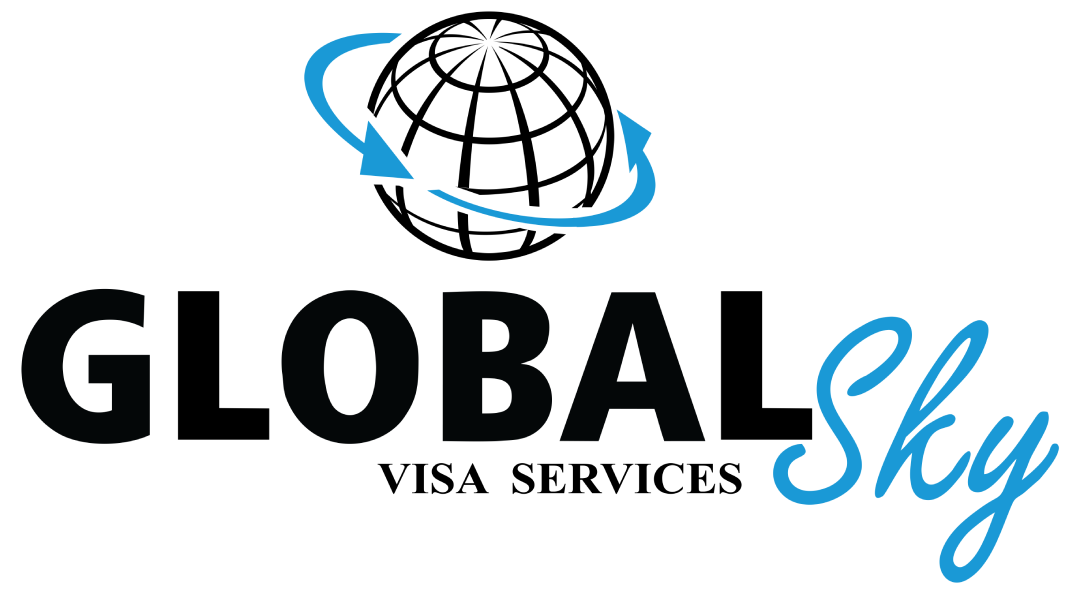
Before you fall in love with a skyline or a tax rate, get clear on what you actually need. Are you chasing speed to market, a gateway to customers, or a path to residency for your family? How much can you invest now, and how fast do you need approvals? I like to map three columns—market access, cost and timeline, and lifestyle/residency—then score each country. It sounds nerdy, but it keeps emotions from steering the ship. Pick the visa that matches your strategy, not the other way around.
Singapore
If you want precision and predictability, Singapore feels like business on fast-forward. The ecosystem is tight, rules are clear, and the network effect across Southeast Asia is real. Programs aimed at investors and seasoned founders reward credible track records and meaningful capital. In return, you get a stable base, efficient regulation, and that “things just work” feeling. I treat Singapore as a hub: set up there, then reach into Vietnam, Indonesia, and Malaysia with confidence and nonstop flights.
Canada
Canada’s startup pathway is the friendly giant of entrepreneur visas. Get a strong sponsor behind your idea and doors open—market access, credibility, and a realistic route to permanent residency. It’s excellent for teams building defensible tech or platforms with global potential. The country is big on diversity and structured support, which can be a relief when you’re juggling product, hiring, and a new life chapter. When I’m weighing Canada, I ask: will this venture still make sense in five winters? If yes, it’s a serious contender.
France
France leans into innovation with style and substance. If your concept is truly new—tech, creative, climate, health—you’ll find programs that like ambition, job creation, and R&D. Paris is buzzing, but Lyon, Lille, and Marseille have strong scenes too. The upside is access to talent, grants, and a huge single market next door. The watch-out is paperwork: it’s not scary, just specific. I plan extra time for documents and, in return, enjoy a deep bench of labs, accelerators, and investors.
Germany
Germany is the home base for builders who love a plan. Bring a robust business case, show economic value, and you’ll be taken seriously. Manufacturing, mobility, clean tech, and B2B software feel right at home here. You get reliability, a central EU location, and customers who prize long relationships. My Germany rule: numbers first, narrative second. If your spreadsheets sing and your compliance is tight, meetings move quickly from “who are you?” to “how do we scale this?”
Italy
Italy offers two flavors: an innovation track for high-growth ideas and a self-employed route that works for boutique studios and solo founders. It’s an appealing base if you want EU access without heavy upfront costs. The lifestyle bonus is obvious, but don’t let the espresso distract you—structure your plan, price for seasonality, and lean into clusters (fashion, food, design, tourism, advanced manufacturing). I keep paperwork tidy and expectations steady; Italy rewards patience with surprising opportunities.
Netherlands
The Dutch startup route gives you a year to prove your idea with a recognised local partner guiding you. It’s like a structured “on-ramp” into the EU: test, iterate, make early hires, then switch to a longer permit once you’ve got traction. Amsterdam gets the headlines, but Rotterdam, Eindhoven, and Utrecht punch above their weight. My favorite Dutch habit is clarity: milestones are clear, feedback is direct, and doors open fast if you deliver.
Spain
Spain’s entrepreneur pathway is known for speed and a practical mindset. Come with a well-argued plan, proof of funds, and a clear execution path, and decisions can be quick. It’s ideal if you want EU presence without months of limbo. The cost of living is kinder than some capitals, which stretches your runway. I plan Spain for product teams who need time to build, test, and sell across the bloc, all while keeping burn under control.
United States
If your ambition points to the U.S., investor and founder routes can work—provided you commit serious effort and capital. There isn’t a single “startup visa,” but there are paths that let you buy, build, or scale a business and renew as long as it’s alive and well. The upside is obvious: scale, capital, customers. The discipline required is, too: compliance, structure, and a business that stands on its own feet. My U.S. filter is simple: does the idea truly need the American market, or do I just want the badge?
Finland
Finland is the quiet powerhouse for deep tech and focused teams. If your idea is scalable and the plan is sharp, the founder permit creates room to build with strong public support and a high-trust culture. It shines for AI, gaming, health, and climate tech. The talent pool is skilled, the ecosystem is helpful, and the work-life balance is real. I go to Finland when the product needs concentration and a serious engineering community over hype.
How to choose without overthinking
When everything looks good, zoom out. What are you truly optimising for in the next 24 months—speed, certainty, cost, or residency? If it’s speed, Spain or the Netherlands often win. If it’s stability plus life setup, Canada and Singapore are hard to beat. If you want industrial depth and enterprise buyers, Germany rises. If your thesis is tech-forward with EU reach, France and Finland are compelling. If you need sheer scale and capital, the U.S. is the arena. I write a one-page memo to myself with pros, cons, costs, and timelines; if I can’t defend the choice in three paragraphs, I’m not ready.
Make your file look like a “yes”
Wherever you apply, the fundamentals don’t change. Present a crisp plan, realistic financials, proof of funds, and clear ties to customers or partners. Show why your business benefits the local economy—jobs, innovation, exports—and back it up with numbers. Keep documents consistent across forms, bank letters, and pitch decks. I also add a short founder note in plain English: what we’re building, why here, and how we’ll execute. It turns a stack of PDFs into a story someone can trust.
Final thoughts
The “best” country isn’t universal; it’s the one that fits your business and your life right now. Start with strategy, shortlist two or three places, and pressure-test each against timeline, cost, and outcomes. Then commit. Momentum beats endless comparison. Pick your launchpad, learn the rules, build your local network, and get to work. Global growth isn’t about collecting visas—it’s about planting roots where your company can actually thrive.
